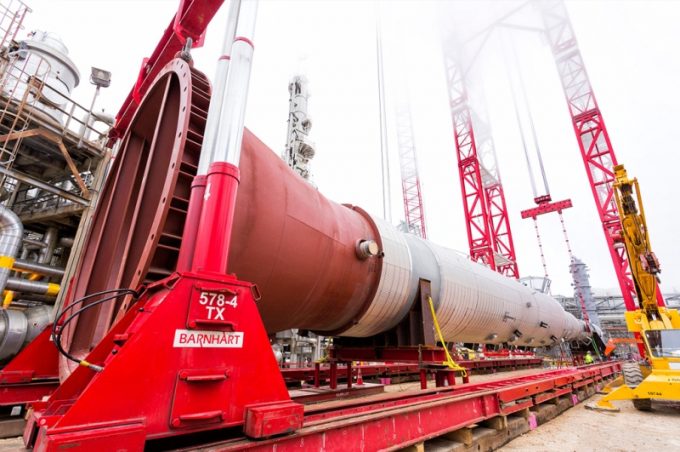Kerry Logistics stays bullish as profits decline in a 'tough market'
Hong Kong-headquartered 3PL Kerry Logistics Network (KLN) today was the latest freight service provider to ...

While many US logistics firms have started 2024 cautiously, Barnhart Crane & Rigging has kicked off the year with a vengeance.
The heavy-haul and rigging services provider had announced its second acquisition of the new year by the end of January, the ...
Comment on this article